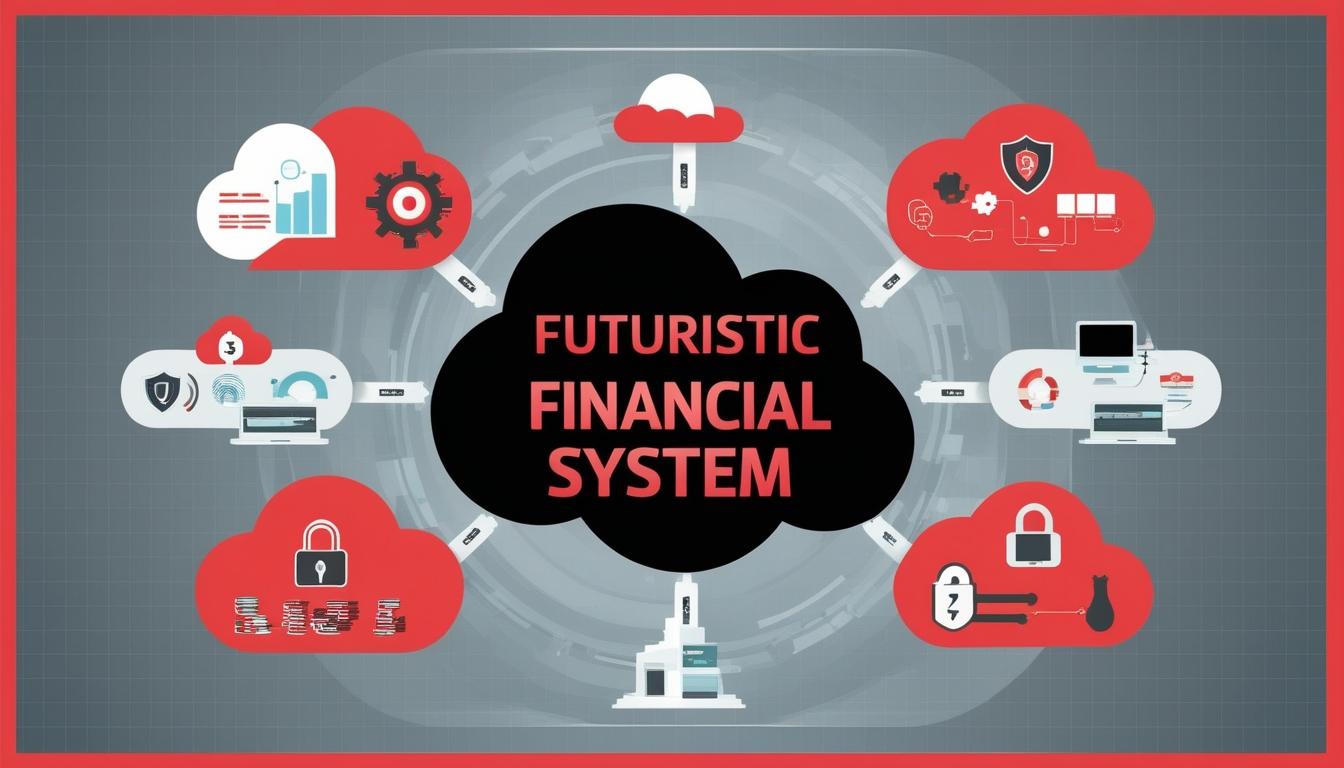The intersection of cloud computing, artificial intelligence (AI), and cybersecurity is revolutionising the financial services sector, ushering in considerable advancements in system architecture, transaction processing, and data protection. In a recent piece for Forbes, Ramasankar Molleti detailed how these technologies intertwine to enhance operational efficiency and security within financial institutions.
Cloud platforms have emerged as the cornerstone for AI operations, facilitating intelligent infrastructures that dynamically respond to evolving market conditions. A prominent case of this technology in action is India's Unified Payments Interface (UPI), where AI-driven fraud detection models utilize distributed cloud systems to safeguard financial transactions across a variety of platforms. This innovative approach mitigates risks associated with online banking and digital transactions, reflecting a broader trend within the industry.
Financial institutions are increasingly moving away from traditional monolithic systems towards microservices architectures. This shift affords multiple advantages including improved resilience, self-healing capabilities, automatic scaling during periods of high demand, and predictive maintenance supported by AI technologies. The integration of edge computing is also on the rise, enhancing real-time processing and security whilst being complemented with zero-trust frameworks and AI-driven governance measures designed to ensure regulatory compliance.
However, as the sector adopts these automated systems, it faces new challenges, particularly in the realm of transparency. Questions regarding the interpretability of AI algorithms, especially in contexts such as credit scoring, are becoming more pressing. Furthermore, the potential vulnerability of these systems to adversarial AI threats has become a critical consideration for financial entities. Tools like SHapley Additive exPlanations and Local Interpretable Model-agnostic Explanations are being employed to interpret AI decisions, thus ensuring that human oversight remains a crucial element within automated processes.
In addition to these measures, strategies aimed at bolstering adaptive security measures are being explored. These include methodologies for real-time fraud detection, the implementation of quantum-resistant cryptography, autonomous recovery systems, and the utilisation of distributed ledger technologies. Together, these innovations aim to create secure, transparent transactions that align with the industry's evolving landscape.
The advancing integration of AI, cloud computing, and cybersecurity is indicative of a transformative period for financial services, as institutions continue to innovate their operations to meet contemporary challenges and consumer demands.
Source: Noah Wire Services
